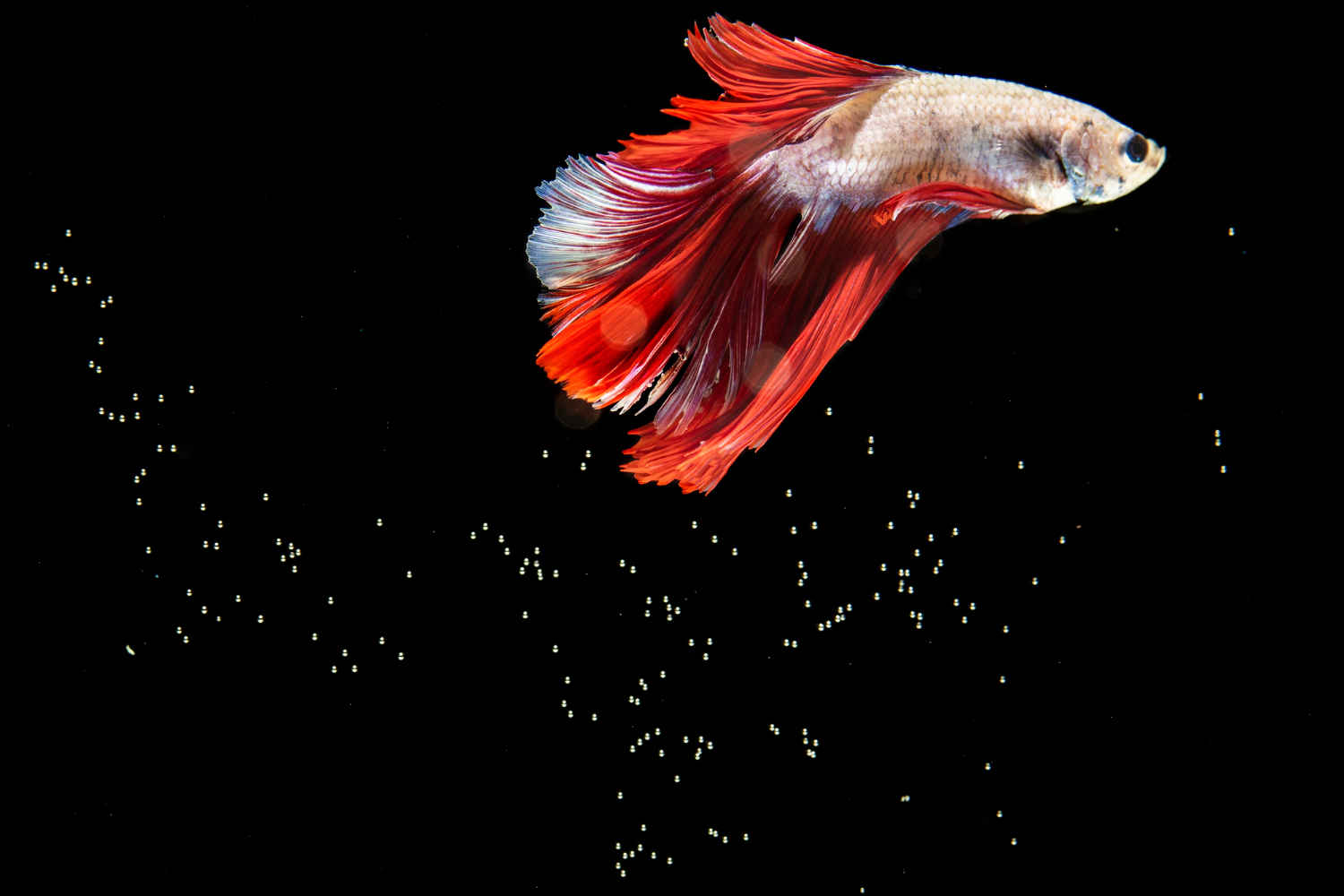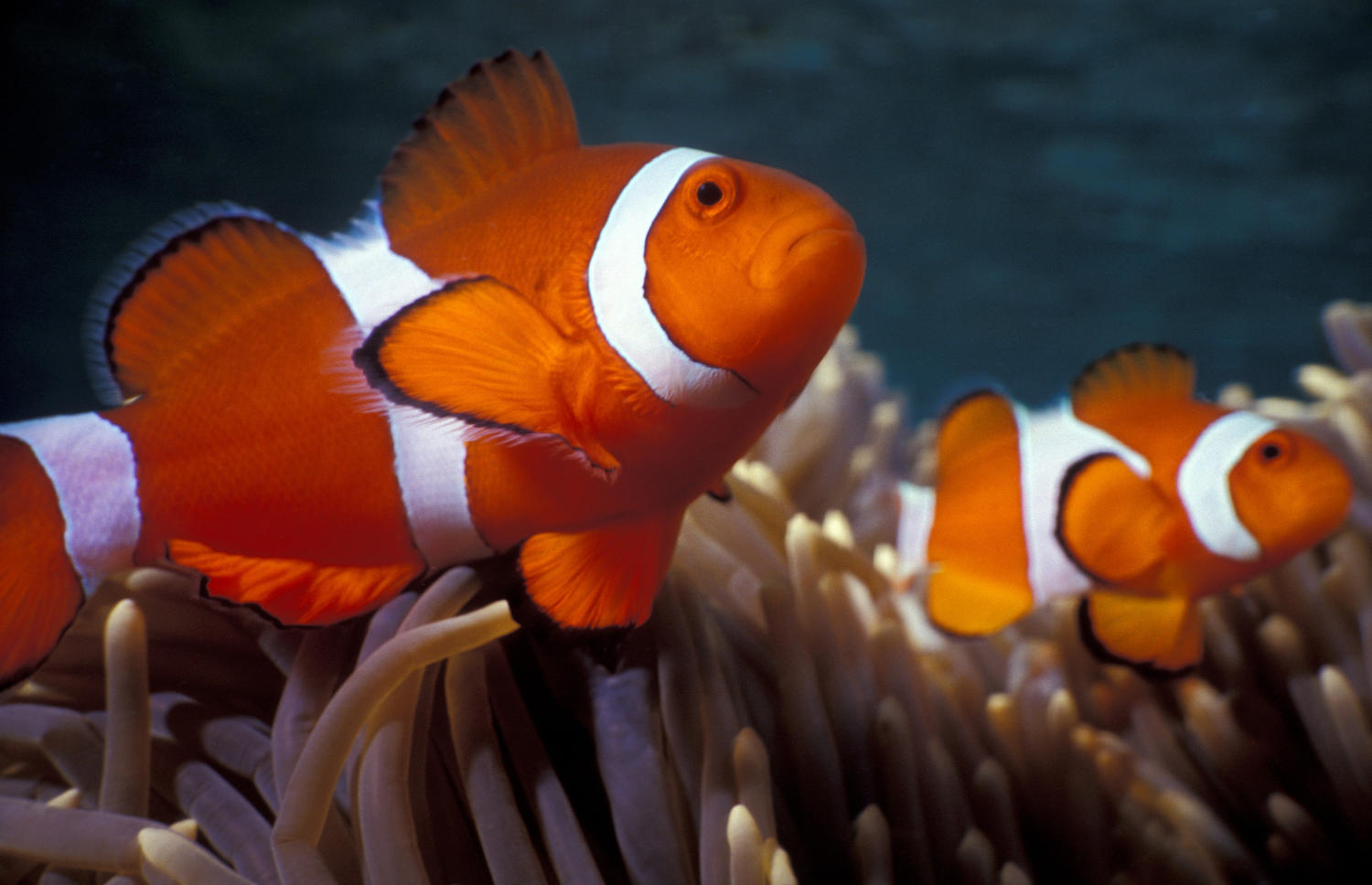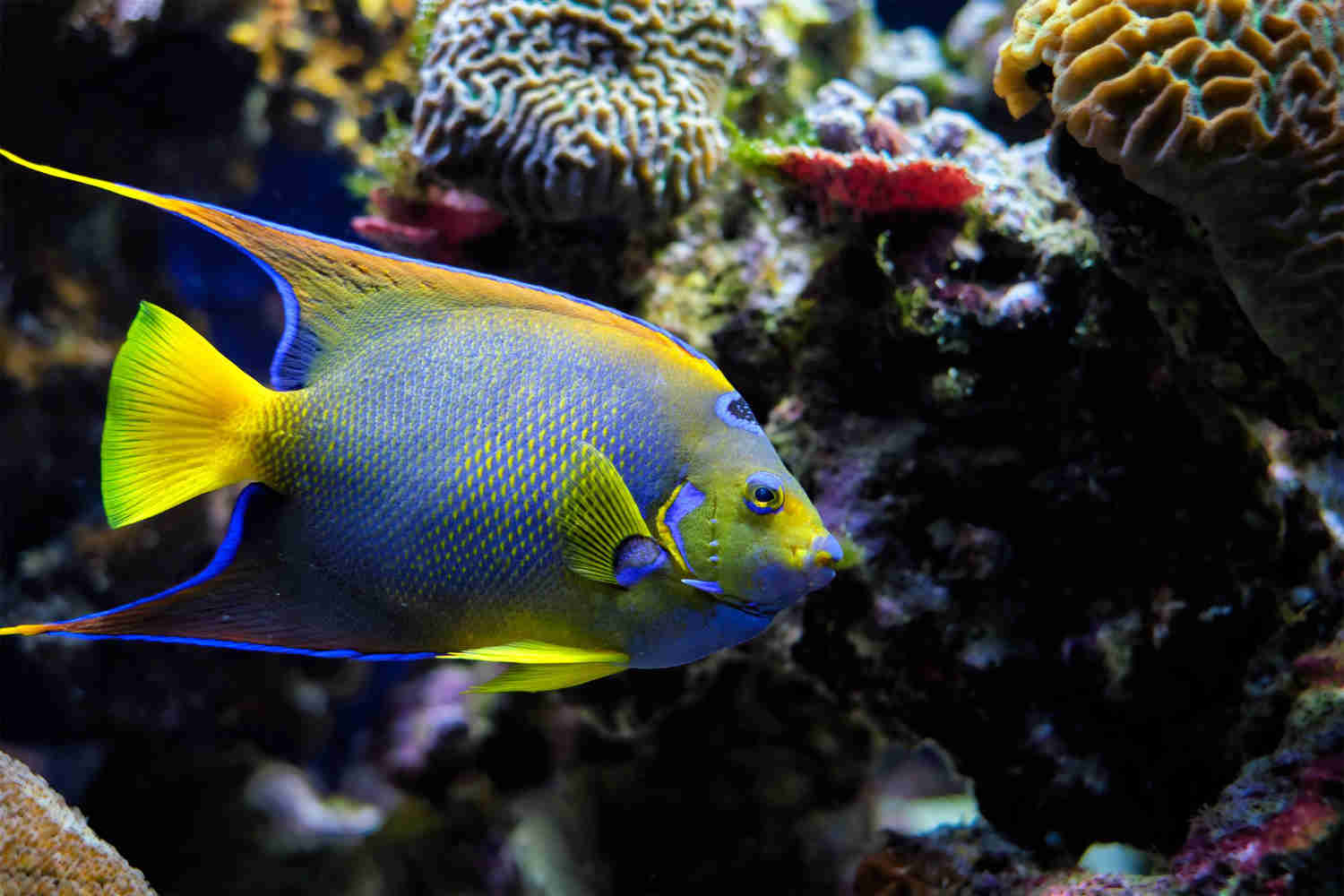Are you a fish owner worried about your finned friends falling ill? Just like any other pet, fish are susceptible to various illnesses that can impact their health and quality of life. Whether you are new to fish keeping or a seasoned pro, it’s important to know how to identify and treat common fish illnesses. In this guide, we’ll cover some of the most common fish illnesses, their symptoms, and how to treat them effectively. By the end of this article, you’ll feel confident in caring for your fish’s health and well-being. So, let’s dive in!
Fish are fascinating creatures that require a lot of care and attention. As a fish owner, it is important to know the basics of fish health and how to treat common illnesses that your fish may encounter. In this blog post, we will cover the most common fish illnesses and how to treat them effectively.
- Ichthyophthirius multifiliis (Ich):
Ich is a common parasite that affects most freshwater fish. It appears as small white spots on the fish’s body and fins. Ich can be treated with over-the-counter medications that are available at most pet stores. These treatments usually involve adding medication to the water for a period of time, and then performing a water change to remove any remaining medication. -
Fin Rot:
Fin Rot is a bacterial infection that can be caused by poor water quality or stress. It appears as ragged edges on the fins, and the fins may appear to be melting away. Fin Rot can be treated with antibiotics and by improving water quality. It is important to remove any dead or decaying plant matter from the tank, as this can contribute to the growth of bacteria. -
Dropsy:
Dropsy is a bacterial infection that affects the fish’s kidneys, causing the fish to become bloated and appear to be pineconing. Dropsy is often fatal and can be difficult to treat. Treatment involves using antibiotics and improving water quality, but the success rate is low. -
Swim Bladder Disorder:
Swim bladder disorder is a condition that affects a fish’s ability to regulate its buoyancy. It can be caused by overfeeding, constipation, or bacterial infection. Treatment involves using antibiotics, fasting the fish, and improving water quality.
.jpg)
- Velvet Disease:
Velvet disease is a parasitic infection that appears as a yellow or gold dust on the fish’s body and fins. It is caused by the parasite Oodinium pilularis. Velvet disease can be treated with over-the-counter medications, but it is important to treat the entire tank, as the parasite can spread quickly. -
Popeye:
Popeye is a bacterial infection that affects the fish’s eyes, causing them to appear swollen and bulging. It can be caused by poor water quality or injury. Treatment involves using antibiotics and improving water quality. -
Columnaris:
Columnaris is a bacterial infection that affects the fish’s skin, fins, and gills. It appears as white or gray patches on the fish’s body, and the fins may appear frayed. Columnaris can be treated with antibiotics and by improving water quality.
In addition to these common fish illnesses, it is important to monitor your fish for any changes in behavior or appearance. A healthy fish should be active, have clear eyes, and eat regularly. If you notice any changes in your fish’s behavior or appearance, it is important to take action immediately.
Overall, as a fish owner, it is important to know the basics of fish health and how to treat common illnesses. It is important to maintain good water quality, provide a balanced diet, and monitor your fish regularly for any changes in behavior or appearance. By following these simple steps, you can help ensure that your fish remain healthy and happy for years to come.
In conclusion, taking care of your fish’s health is crucial for their well-being and happiness. By keeping their tank clean, monitoring their behavior and appearance, and knowing how to treat common illnesses, you can ensure that your fish live a long and healthy life. Remember, prevention is key, so always take steps to maintain a healthy environment for your fish. If you do notice any signs of illness, don’t panic, but act quickly to diagnose and treat the problem. With a little bit of knowledge and care, you can keep your fish healthy and happy for years to come.
Please follow us on Social Media


.jpg)




%20-%20Copy.jpg)
.jpg)